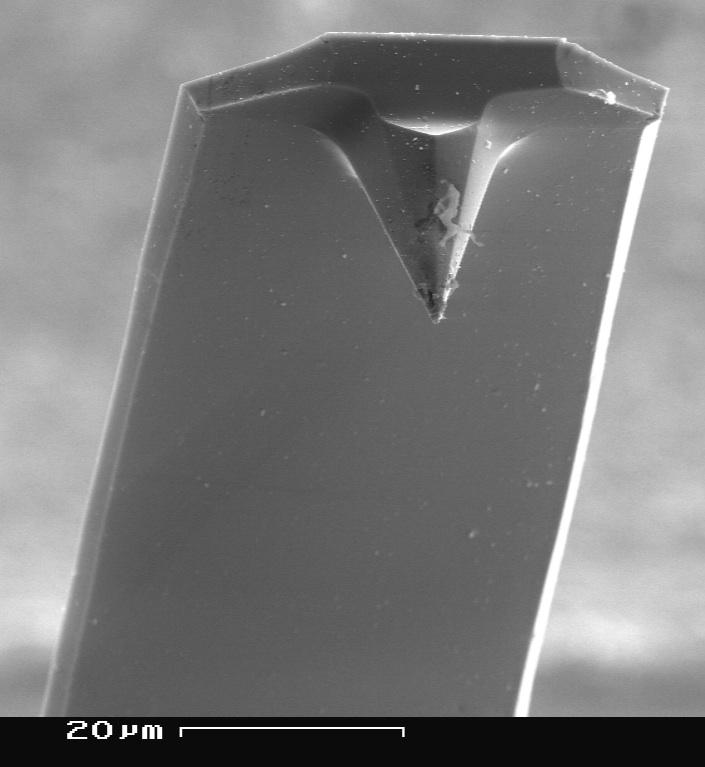DESCRIPTION
"Exploring Tools - Special Microscopes" is a hands-on activity in which visitors use a flexible magnet as a model for a scanning probe microscope. They learn that SPMs are an example of a special tool that scientists use to work on the nanoscale.
DESCRIPTION
"Exploring Tools - Special Microscopes" is a hands-on activity in which visitors use a flexible magnet as a model for a scanning probe microscope. They learn that SPMs are an example of a special tool that scientists use to work on the nanoscale.
TRAINING VIDEOS
OBJECTIVES
BIG IDEA
Scientists use special tools and equipment to work on the nanoscale.
LEARNING GOALS
Scientists use special tools and equipment to work on the nanoscale.
NANO CONTENT MAP
Nanometer-sized things are very small, and often behave differently than larger things do.
Scientists and engineers have formed the interdisciplinary field of nanotechnology by investigating properties and manipulating matter at the nanoscale.
DOWNLOAD FILES
- Exploring Tools Special Microscopes - Guide (DOC)
- Exploring Tools Special Microscopes - Guide (PDF)
- Exploring Tools Special Microscopes - Sign (PDF)
- Exploring Tools Special Microscopes - Diagram (DOC)
- Exploring Tools Special Microscopes - Diagram (PDF)
- Sources for activity magnets (XLS)
- Exploring Tools Special Microscopes - Sign & Guide (Spanish) (PDF)
- Exploring Tools Special Microscopes - Guide (Spanish) (DOC)
- Exploring Tools Special Microscopes - Diagram (Spanish) (PDF)
- Exploring Tools Special Microscopes - Diagram (Spanish) (PDF)
Credits
Sciencenter
Developed for the NISE Network with funding from the National Science Foundation under Award Numbers 0532536 and 0940143. Any opinions, findings, and conclusions or recommendations expressed in this product are those of the authors and do not necessarily reflect the views of the Foundation.
Creative Commons Attribution Non-Commercial Share Alike 3.0 United States (CC BY-NC-SA 3.0 US).
View more details

NISE Network products are developed through an iterative collaborative process that includes scientific review, peer review, and visitor evaluation in accordance with an inclusive audiences approach. Products are designed to be easily edited and adapted for different audiences under a Creative Commons Attribution Non-Commercial Share Alike license. To learn more, visit our Development Process page.





